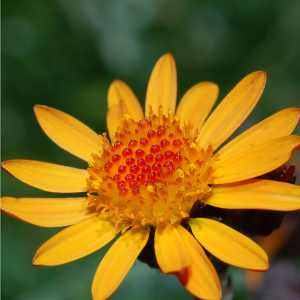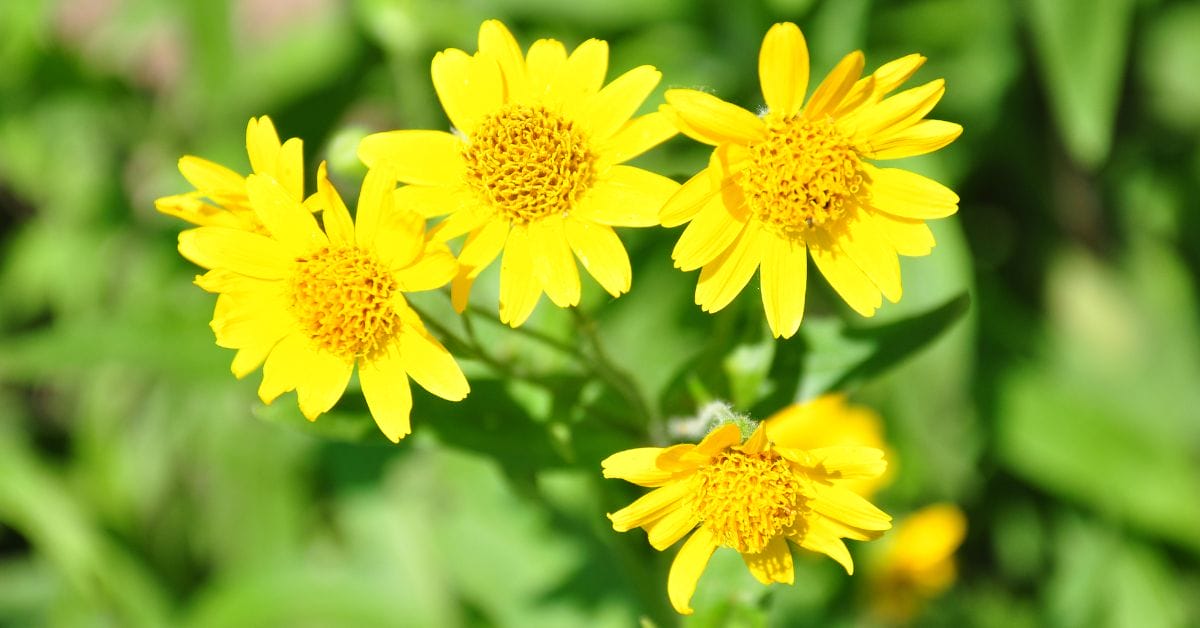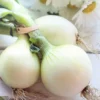‘Arnica‘ was one of my daughter’s first words. Whenever she fell, bumped her head, or got an ‘ouchie’ she called for the herb that she associated with comfort. She still loves the mildly sweet taste of the homeopathic remedy and the comfort of mom’s hands gently massaging healing arnica oil into her skin.
What Is Arnica?
Arnica is a beautiful yellow herb that is in the daisy family along with many other medicinal heavy hitters like chamomile, calendula, St. John’s Wort, and yarrow. It is well known in herbal medicine circles as an excellent topical herb to help with pain and inflammation in the skin, muscles, and joints.
 Arnica is also available as a homeopathic preparation that can be taken internally. As a homeopathic remedy, arnica treats soreness, bruises, head injuries, and some types of emotional shock.
Arnica is also available as a homeopathic preparation that can be taken internally. As a homeopathic remedy, arnica treats soreness, bruises, head injuries, and some types of emotional shock.
Since high doses of arnica can be toxic when ingested, it shouldn’t be taken internally unless it is in a highly diluted homeopathic form. For kids and babies, I prefer to use arnica homeopathic remedies that are 30CH or 200CH for optimal safety. When it comes to toxic herbs like arnica, belladonna, and aconite, I recommend avoiding remedies that are diluted 3X, 6X, and 12X because they contain too much of the herb for my personal preference.
Homeopathic remedies marked with a “CH” mean that they have been diluted by a factor of 100. Homeopathic remedies marked with an “X” mean that they have been diluted by a factor of 10. Therefore a 30CH remedy has been diluted by 100, 30 times while a 6X remedy has been diluted by 10, 6 times.
To learn more about homeopathic remedies see How To Use Homeopathic Remedies – A Quick-Start Guide For Families – Dr. Green Mom.
What Is Arnica Oil Used For?
A quality arnica oil should be made by infusing Arnica montana flowers in cold pressed extra virgin olive oil. According to the German Commission E, this extract can be used for:
- Soothing muscle pain and soreness
- Helping bruises resolve quickly
- Relieving sunburn pain and accelerating healing
- Soothing painful insect bites
- Treating edema and swelling
- Healing joint pain from arthritis or dislocation
- Easing pain and swelling from vaccine injection sites
I always carry arnica in my purse, have some in my first aid kits, and take it with me on road trips.
Life with kids means lots of bumps and bruises. My rule of thumb is if it hurts, it gets arnica.
Safety of Arnica Oil
Summary
Arnica oil is an essential component of my family’s first aid kit and medicine cabinet. Uses for arnica include healing sore muscles, painful skin, and bumps and bruises of all types. The herb itself contains pain-relieving, anti-inflammatory molecules that have proven themselves in studies. However, the powerful addition of mom’s healing touch shouldn’t be underestimated when it comes to the comforting effect of arnica oil.
References:
Smith AG, Miles VN, Holmes DT, Chen X, Lei W. Clinical Trials, Potential Mechanisms, and Adverse Effects of Arnica as an Adjunct Medication for Pain Management. Medicines (Basel). 2021 Oct 9;8(10):58. doi: 10.3390/medicines8100058. PMID: 34677487; PMCID: PMC8537440.
da Silva Prade, J., Bálsamo, E. C., Machado, F. R., Poetini, M. R., Bortolotto, V. C., Araújo, S. M., Londero, L., Boeira, S. P., Sehn, C. P., de Gomes, M. G., Prigol, M., & Cattelan Souza, L. (2020). Anti-inflammatory effect of Arnica montana in a UVB radiation-induced skin-burn model in mice. Cutaneous and ocular toxicology, 39(2), 126–133. https://doi.org/10.1080/15569527.2020.1743998
Klaas, C. A., Wagner, G., Laufer, S., Sosa, S., Della Loggia, R., Bomme, U., Pahl, H. L., & Merfort, I. (2002). Studies on the anti-inflammatory activity of phytopharmaceuticals prepared from Arnica flowers. Planta medica, 68(5), 385–391. https://doi.org/10.1055/s-2002-32067
Pumpa, K. L., Fallon, K. E., Bensoussan, A., & Papalia, S. (2014). The effects of topical Arnica on performance, pain and muscle damage after intense eccentric exercise. European journal of sport science, 14(3), 294–300. https://doi.org/10.1080/17461391.2013.829126
Drugs and Lactation Database (LactMed®) [Internet]. Bethesda (MD): National Institute of Child Health and Human Development; 2006–. Arnica. 2021 May 17. PMID: 30000888.








